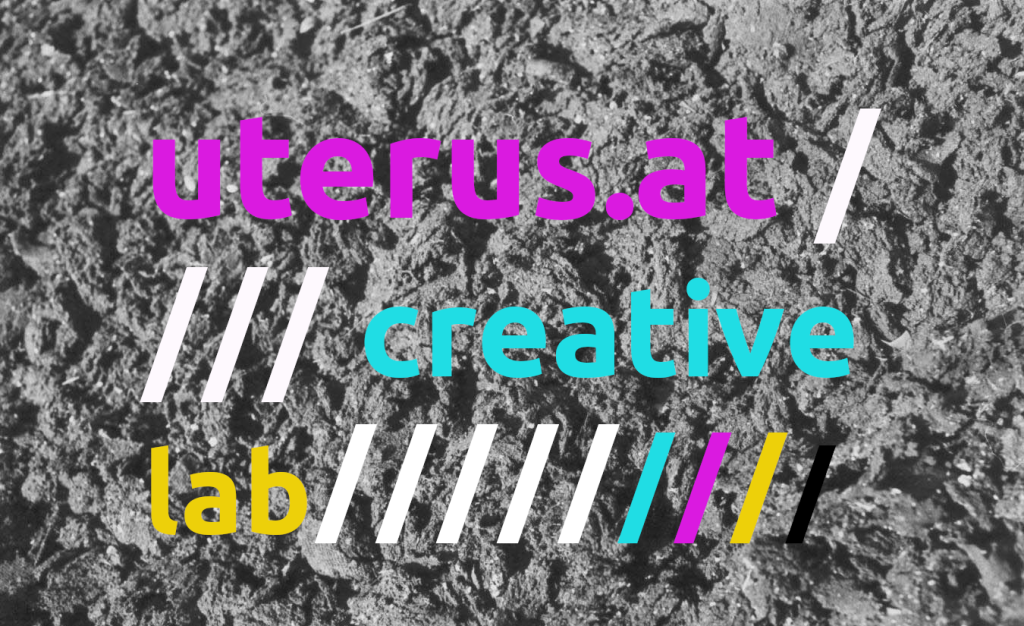
Laboratory for experimental technologies
- by Marco PeixeiroDiscover the BiTCN model for multivariate time series forecasting, explore its architecture, and implement it in Python.Continue reading on Towards Data Science »
- by Natassha SelvarajCreate an engaging portfolio website from scratch with generative AI (+ a free prompt engineering crash course)Continue reading on Towards Data Science »
- by Matthew GuntonA detailed exploration of the Voyager Paper and its findings on tool usageImage by Author. Generated by DALL-E 2As LLMs continue to increase their reasoning ability, their capacity to plan and then act tends to increase. This has led to prompting templates where users give LLMs an end result they want and the LLM then will figure out how to accomplish it — even if it takes multiple actions to do so. This kind of prompting is often called an agent, and it has generated a lot of excitement.For example, one could ask an agent to win a game and then watch it figure […]
- by Aparna DhinakaranImage created by author using Dall-E 3How do major LLMs stack up at detecting anomalies or movements in the data when given a large set of time series data within the context window?My thanks to Evan Jolley for his contributions to this research and pieceWhile LLMs clearly excel in natural language processing tasks, their ability to analyze patterns in non-textual data, such as time series data, remains less explored. As more teams rush to deploy LLM-powered solutions without thoroughly testing their capabilities in basic pattern analysis, the task of evaluating the performance of these models in this context takes on elevated importance.In this […]
- by Wencong YangLearn how to build and deploy a custom self-hosted Llama 3 chat assistant in four simple steps.Continue reading on Towards Data Science »
- by Varsha LalwaniForging New Professional Identities: From Data, ML, AI, Product, to Leader, Coach, Solopreneur, And WriterI am marking a turning point in my career — redefining what “work” means to me, solidifying my learning, and letting go of what needs to be left behind to make space for new growth ahead of me.2024 is a year of transformation for me in many ways — both professionally and personally. I decided to take a break from my corporate career to explore a new career as an executive and leadership coach in February, but over the last few months, I felt something was missing. Then I realized I hadn’t […]
- by Gael CloseA hands-on tutorial in Python for sensor engineersWith contributions from Moritz Berger.Bayesian sensor calibration is an emerging technique combining statistical models and data to optimally calibrate sensors — a crucial engineering procedure. This tutorial provides the Python code to perform such calibration numerically using existing libraries with a minimal math background. As an example case study, we consider a magnetic field sensor whose sensitivity drifts with temperature.Glossary. The bolded terms are defined in the International Vocabulary of Metrology (known as the “VIM definitions”). Only the first occurrence is in bold.Code availability. An executable Jupyter notebook for the tutorial is available on Github. It can […]
- by Ryan PégoudAll the tricks and details you wish you knew about Proximal Policy OptimizationPhoto by Lorenzo Herrera on UnsplashSince its publication in a 2017 paper by OpenAI, Proximal Policy Optimization (PPO) is widely regarded as one of the state-of-the-art algorithms in Reinforcement Learning. Indeed, PPO has demonstrated remarkable performances across various tasks, from attaining superhuman performances in Dota 2 teams to solving a Rubik’s cube with a single robotic hand while maintaining three main advantages: simplicity, stability, and sample efficiency.However, implementing RL algorithms from scratch is notoriously difficult and error-prone, given the numerous error sources and implementation details to be aware of.In this […]
- by Roger NobleFabric Madness part 5Image by author and ChatGPT. “Design an illustration, with imagery representing multiple machine learning models, focusing on basketball data” prompt. ChatGPT, 4, OpenAI, 25th April. 2024. https://chat.openai.com.A Huge thanks to Martim Chaves who co-authored this post and developed the example scripts.So far in this series, we’ve looked at how to use Fabric for collecting data, feature engineering, and training models.But now that we have our shiny new models, what do we do with them? How do we keep track of them, and how do we use them to make predictions? This is where MLFlow’s Model Registry comes in, or what […]
- by Cristian LeoDive into LSTMs, understand their mathematics, implement them from scratch, and explore their applications in algorithmic trading.Continue reading on Towards Data Science »